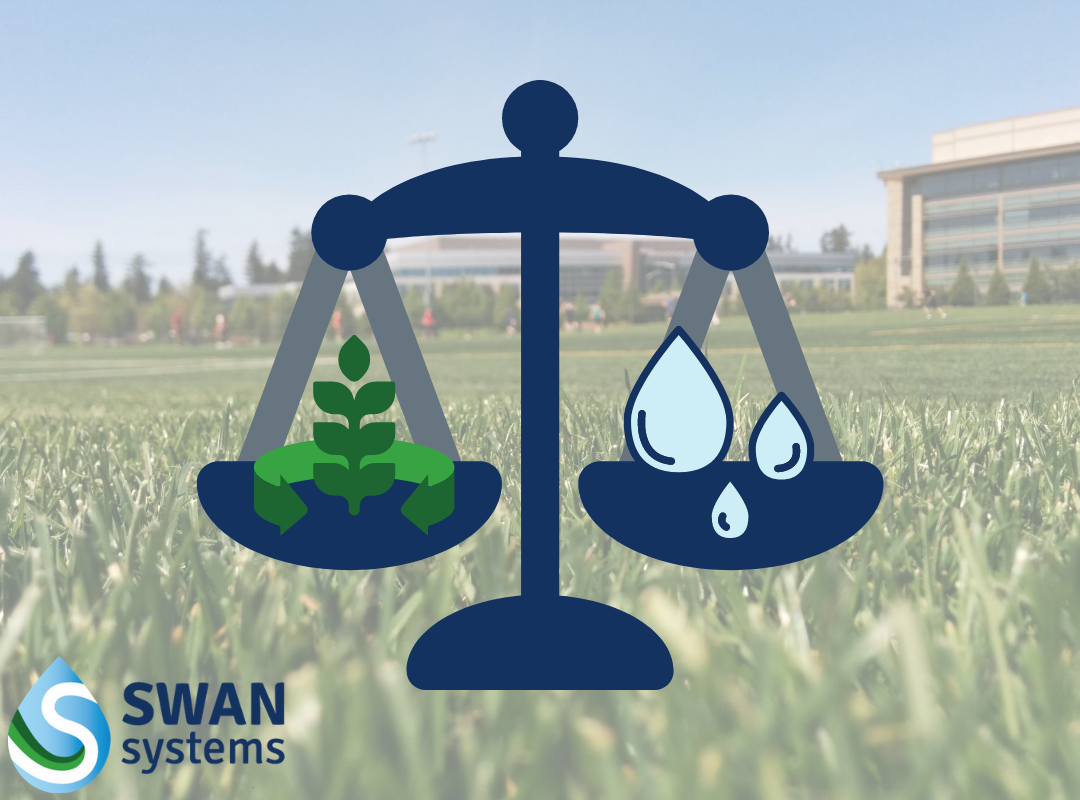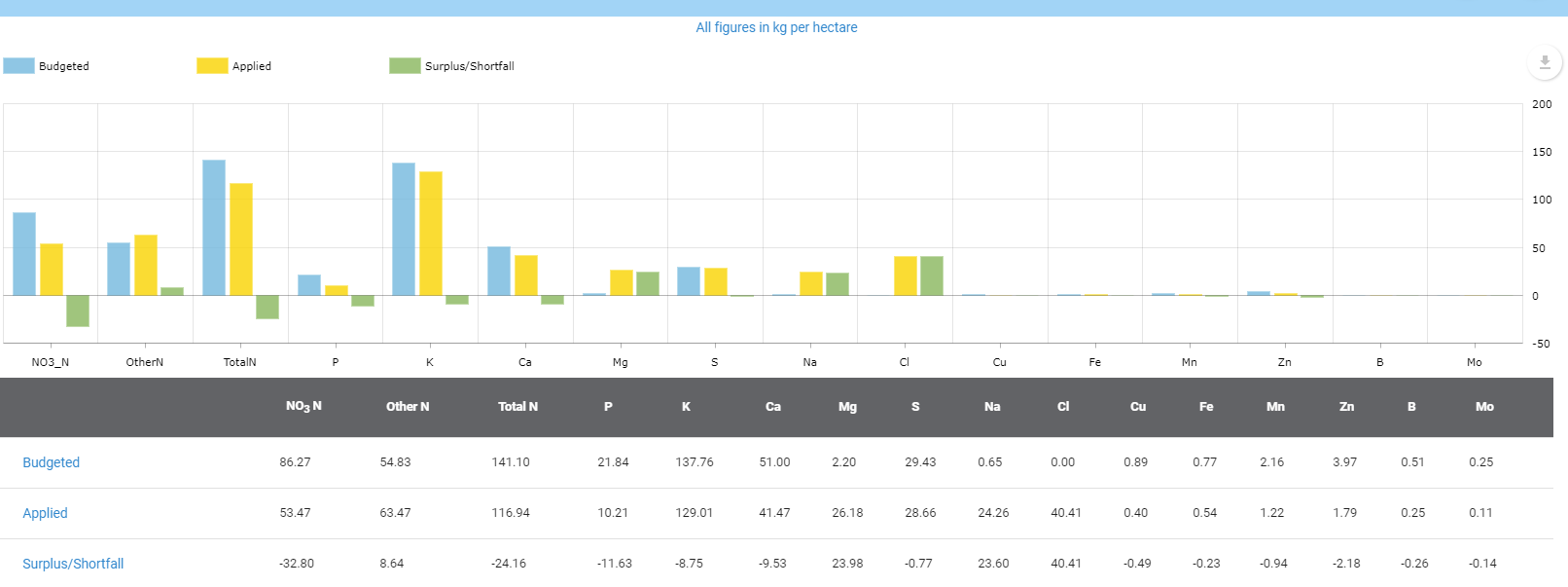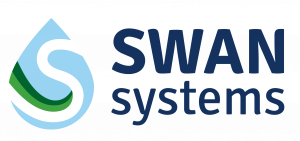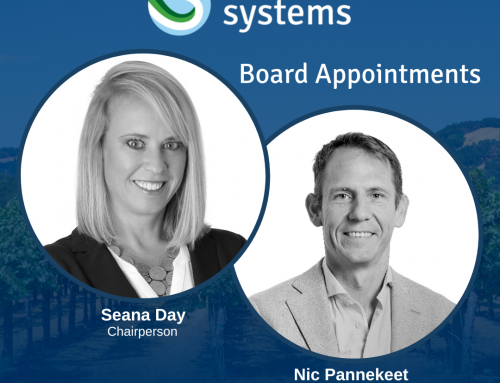Smart Software Helps Adelaide High School Save Water and Money
Article appeared in Waste & Water Management Australia, Dec 2018/Jan 2019
Smart irrigation software solution is being used by Adelaide High School to assist its groundskeepers to save water and ensure the School is meeting strict environmental conditions imposed for the for the application of recycled water.

The only state high school in the Adelaide CBD, Adelaide High School has modern, specialist facilities to support its high-performance cricket program, including three ovals with turf cricket pitches and one with a hard wicket and practice nets. Three of the four ovals are irrigated using treated waste water
supplied from the Glenelg-Adelaide Pipeline (GAP). GAP water is supplied at a cost of $2.12 per kilolitre.
With large water savings of up to 30% achievable from the use of precision irrigation scheduling software, Adelaide High School has started to utilise SWAN Systems irrigation scheduling, which informs operators as to the optimal timing and quantity of water application by processing a combination of inputs including site specific weather forecasts, plant and soil agronomic detail and soil moisture balance estimations.
During a short-term trial in early 2018, the High School achieved water savings by adjusting applications according to SWAN’s calculated requirements. However, a further potential saving of around 8% for the Feb-Apr period was identified by comparison of actual volumes applied and requirements predicted by SWAN.
On the reporting front, SA Water now wants SWAN to be rolled out to an increased number of sites given the platform’s compliance success for users of treated water.
To utilise GAP water the high school is required to obtain approvals from the Department of Health after meeting the South Australian Recycled Water Guidelines and implementing a Risk Management Plan (RMP) that ensures site specific conditions are accounted for.
The school is responsible for:
• regular maintenance of the irrigation system to ensure there are no leaks;
• monitoring irrigation system performance and implementing water efficient irrigation schedules to avoid over-irrigation, including reduction of surface runoff and water pooling on the soil surface;
• not operating spray irrigation systems when high winds have been forecast.
Use of reclaimed water requires careful management to avoid the hazards created by excessive nutrient use and increased run-off and leaching due to irrigation. Maintaining healthy turf also requires careful fertiliser applications to ensure nutrient requirements are determined and met. GAP water contains the major nutrients, nitrogen (4.5 mg/L) and phosphorus (6 mg/L), both of which are required for healthy turf, but these nutrients can leach into the water table if excess amounts are applied at the wrong time.

“Irrigation at Adelaide High School using recycled water is a balancing act,” said Tim Hyde from SWAN Systems.
“The turf needs sufficient water and nutrients to grow, but excessive applications will lead to higher costs and threaten the health of the soil or water through leaching.”
“Calculating the nutrients applied through irrigation of recycled water, and adjusting supplementary granular applications accordingly – so that the plant takes up all of the trace elements and they don’t leach through the plant’s root zone – is therefore crucial to achieve both a healthy turf and healthy surrounding environment,” Tim added.
To start the SWAN Systems program, soil and agronomic characteristics were established for the site based on IPOS guidelines and advice from the groundskeepers. Virtual ovals were mapped in the SWAN Systems user interface. Data streams from the site flow meter, a soil moisture probe, and the on-site BOM weather station were all linked to the ovals in SWAN Systems to enable automatic data collection and analysis.
Subsequently the site was linked to satellite NDVI data to enable plant health to be tracked. GAP water quality data was entered manually into a database linked to SWAN’s nutrient module and used to calculate the amounts of nutrients applied via the GAP water.

All the existing hardware was utilised as SWAN Systems is hardware agnostic, reducing the cost of implementation.
SWAN collected data throughout January 2018 and the program was then actively used for irrigation management from February 2018 through to mid-April (the end of the 2018 irrigation season).
The SWAN Systems’ cloud-based software automatically collected and stored weather, irrigation and soil moisture data. It integrated and analysed the data to provide site specific decision support for best-practice irrigation, and unlike other systems, used local weather forecasts to schedule future irrigation applications.
“It takes the guesswork out of optimising water use,” said Jim Dounas, Adelaide High School’s Facilities Management Leader.
“The modules for water budgeting, nutrient monitoring and management and for accessing satellite imagery to provide a plant health (or “greenness”) index (NDVI) were also extremely helpful,” he said.
At the end of the irrigation season SWAN’s reporting function was used to analyse and review irrigation performance.
Using SWAN Systems facilitated pro-active, data-based irrigation adjustments to maintain soil moisture at optimum levels for turf growth. Quantification of water savings is complicated by annual weather volatility, which makes season to season comparisons difficult. However, there was very little drainage below the root zone due to irrigation. Using evapotranspiration modelling to track plant water use, SWAN Systems identified potential further water savings of eight per cent, mostly at the end of the season.
Going forward, the reporting functionality around nutrient applications through the use of treated water will also assist the High School in its compliance obligations.
Article reposted with permission from Waste & Water Management, Australia.




